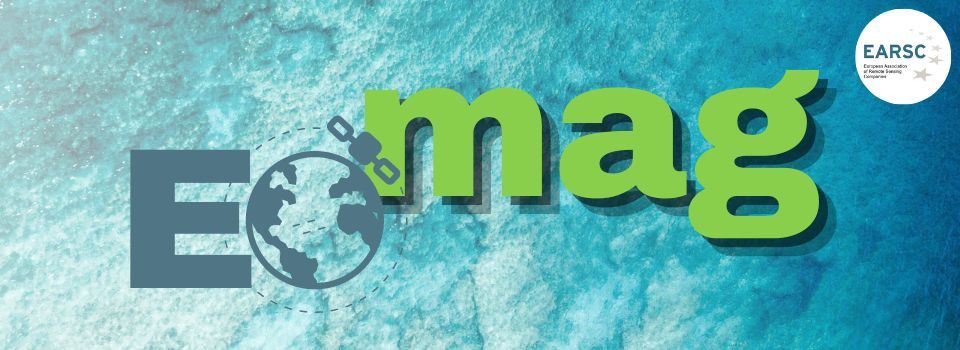An IoT sensor is great for collecting data on the state of air quality from the moment it is deployed but that data tells us nothing about what happened previously to create the current environmental conditions. If data is to truly help us build more sustainable, safer, healthier and greener cities, we need technologies that enable us to understand what has happened in the past and predict how a situation might evolve in the future. It isn’t a lack of datasets standing in the way of doing this but rather knowing how to use the ones that already exist.
In Europe and around the world, initiatives such as the EU’s Climate-Neutral & Smart Cities mission, the Race to Zero and the Covenant of Mayors Climate-Adapt are helping to galvanise climate action but nobody is under-estimating the scale of the challenge. What these initiatives have in common is the need for constant monitoring of a city’s territory and environment to assess the current situation and check progress. Moreover, this monitoring needs to be put in context with information from decades past to gain the necessary deeper understanding.
This was the aim when developing the climate change adaptation and mitigation platform Latitudo 40, that allows cities to be constantly monitored. It uses raw data generated by earth observation satellites, combined with artificial intelligence (AI), to understand how the earth’s systems have changed and predict how they will evolve in the future. It is designed to provide a more sustainable and resilient approach to urban climate action. In our specialist field of satellite remote sensing, we see a lot of valuable data available, but cities are using only a small portion of it to support key decision-making. To change this, we combine data from satellites with data produced within the city and, through a fusion of the two, create information models that help inform urban planners where to invest money and resources when it comes to protecting and futureproofing their cities. A typical example is our dataset for estimating urban thermal comfort, which brings together information on urban heat island areas, tree canopy (or lack of it) and the age distribution of the resident population. A digital representation of a city can be created in a matter of hours
that quickly highlights and offers insight into key climate and sustainability issues.
Satellite technologies are now several decades old but, due to their complexity, have never reached a mainstream level of usage in the market. Image search and image processing requires specific skills and complex processing systems that aren’t typically available within cities. To make the best possible use of the information potential of these images, we have developed what we call “complexity simplification,” a cloud-based processing workflow that automates image search, analysis, and interpretation. Computer vision and AI algorithms complete the process by extracting the parameters of greatest interest to cities and presenting a simple representation of the evolution of the urban scenarios over time.
Crucially, unlike the aforementioned IoT sensor, satellite imagery allows for a historical representation of the city, almost a time machine that facilitates an understanding of the starting- and end-point and what happened in between, as well as continuous and frequent monitoring into the future.
Thanks to satellite imagery, we can easily understand whether there has been land
consumption and how much the relationship between green areas and urbanisation has changed; the state of urban green spaces and how they contribute to mitigating environmental phenomena; and what phenomena have triggered a specific event, such as a flood or the failure of urban infrastructure in the past, and activate the best monitoring systems to prevent them occurring in the future.
It’s one thing having the data and tools, though, and quite another ensuring they are
accessible to those who need them. If they are to be truly effective, they need to be embedded in the daily operations of urban planners and decision-makers just like spreadsheets and email.
This thinking underpinned the development of Latitudo 40, which we describe as “a digital information factory in the cloud”. It can be accessed by a standard web browser and the processing made available through APIs that allow easy integration with existing spatial information systems. No special knowledge of data processing and geospatial analysis technologies is required and analyses provide a representation of the city with an easy-to-understand map, graphs and automated reports.
From this information, cities can set specific sustainability goals such as increasing green space per inhabitant, reducing the incidence of urban heat islands per inhabitant, and improving climate comfort in metropolitan suburbs. Every city can verify these goals and achievements via monitoring.
Our experience has made us realise that when it comes to data collection and reporting, city managers often allocate high-end budgets for consulting services that can stop with the creation of a static product. What’s needed going forward is a more agile approach facilitated by business models such as software-as-a-service (SaaS) and backed by real-time, accessible data and services. Only then will we be able to turn data into actionable information and use it to build more sustainable, resilient safer, healthier and greener cities.
